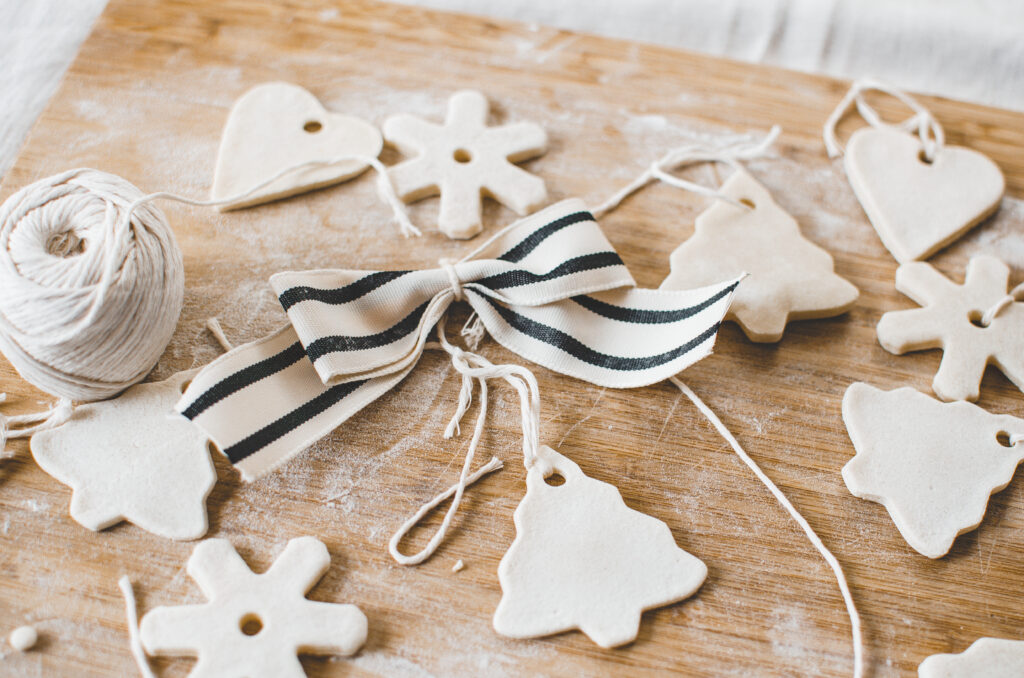
HELLO & WELCOME
Thanks for visiting my little piece of the internet!
I’m Maria, a lover of furry things, coffee and anything creative. This blog is where I love to share affordable home decor ideas, great DIYs, yummy recipes, unique crafts and so much more.
ETSY SHOP
RECENT POSTS

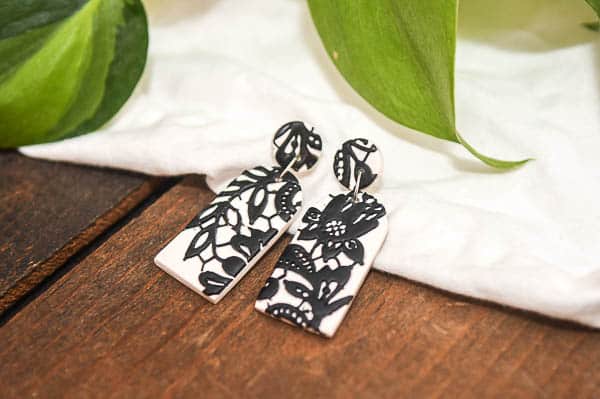
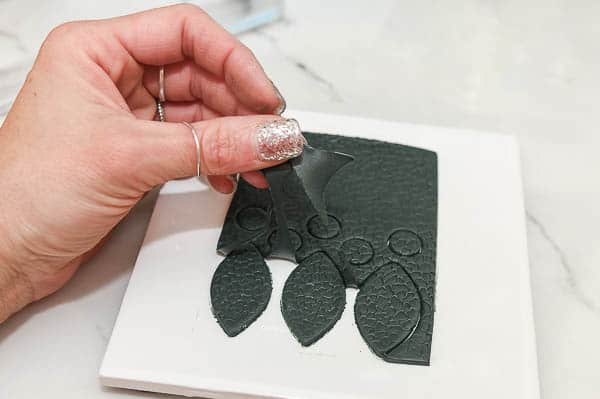
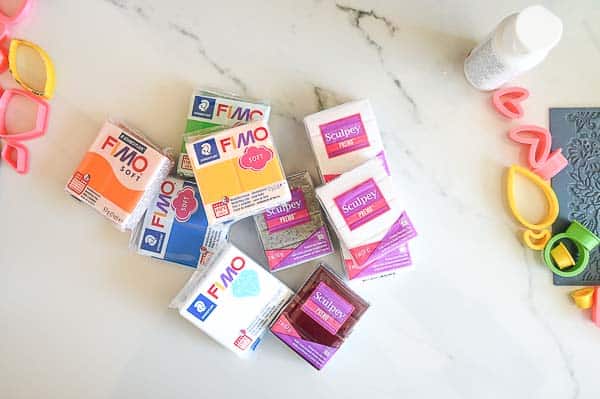
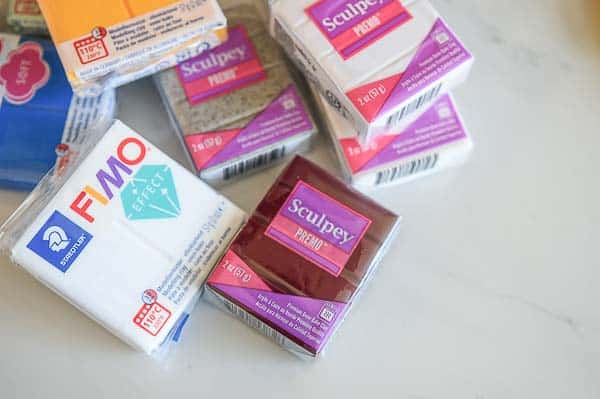
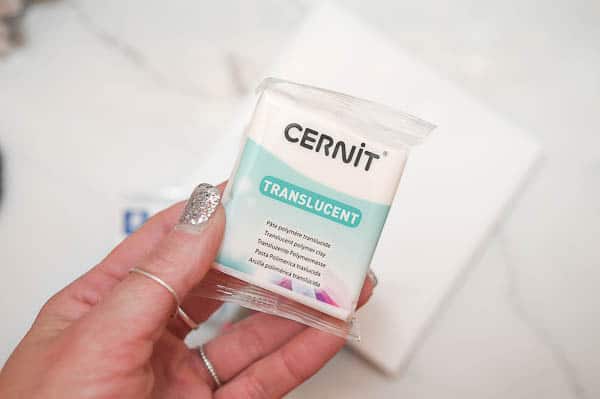
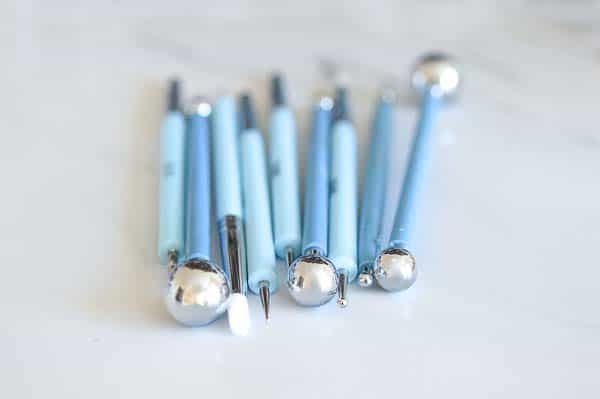
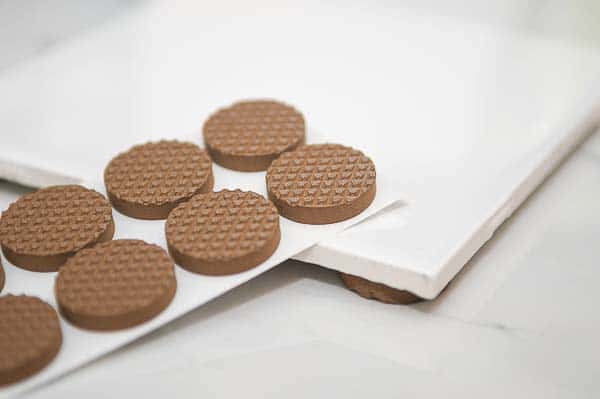
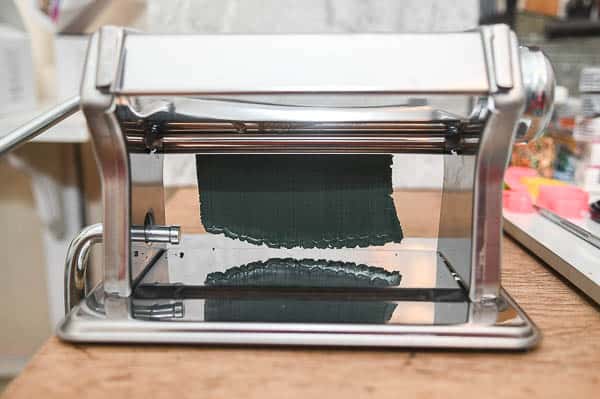
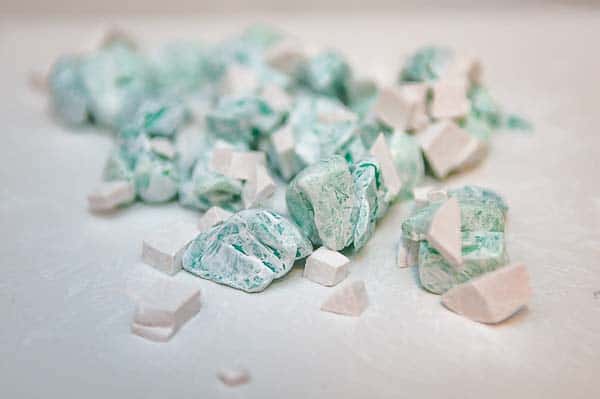

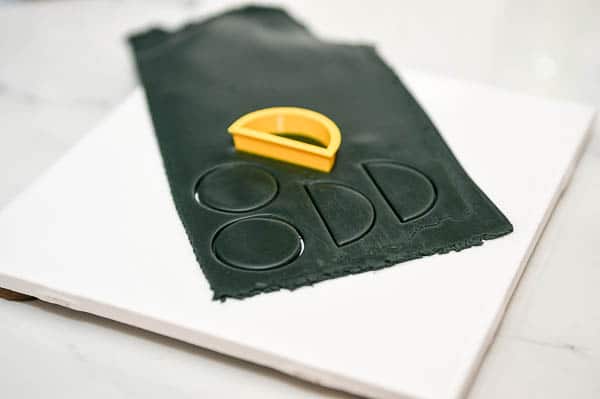
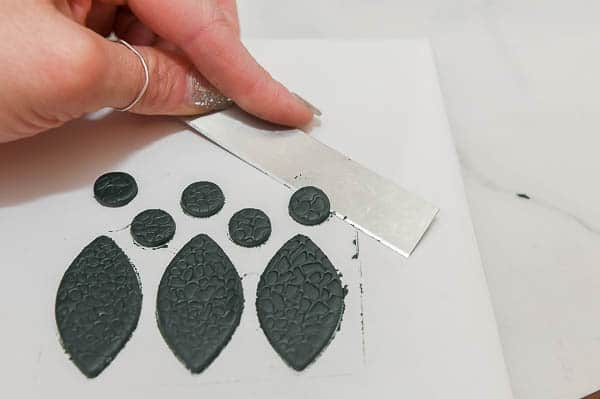
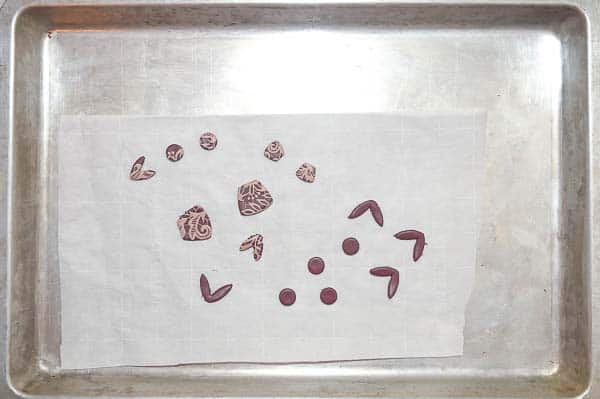
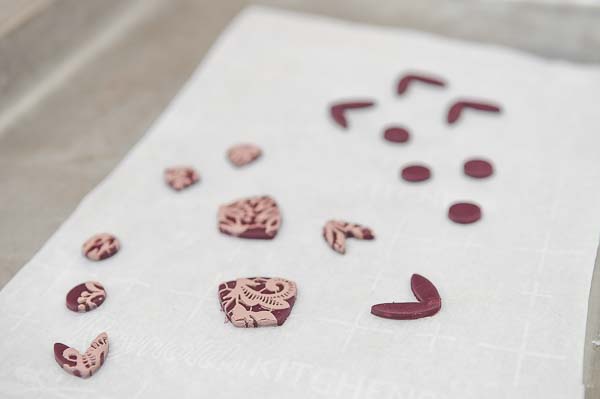
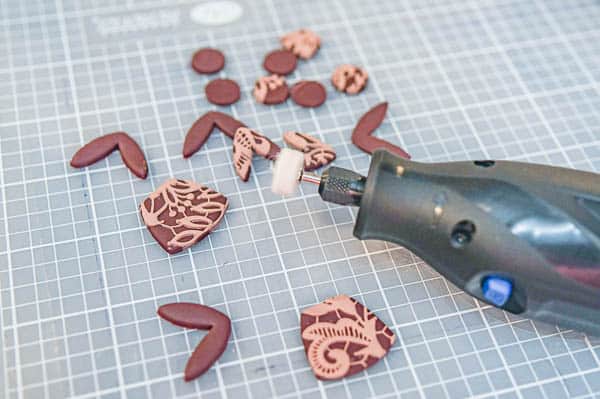
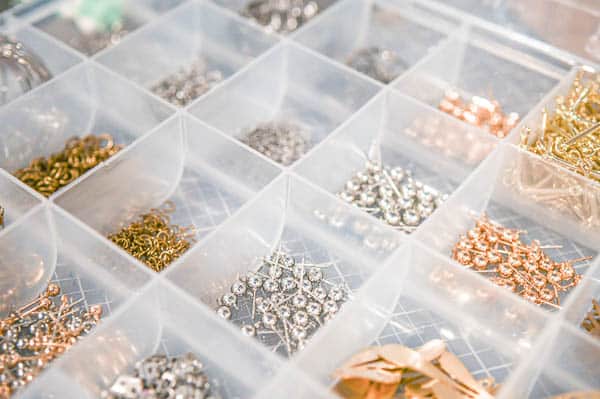
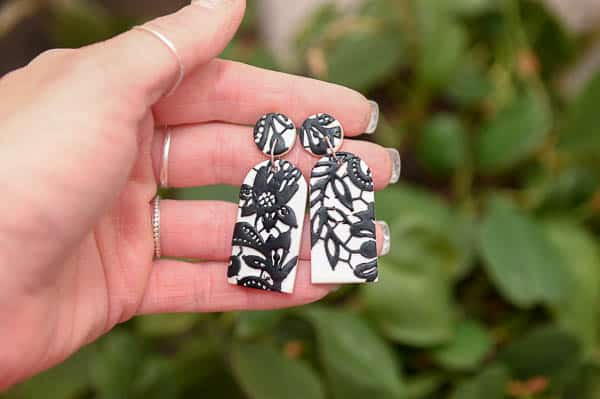


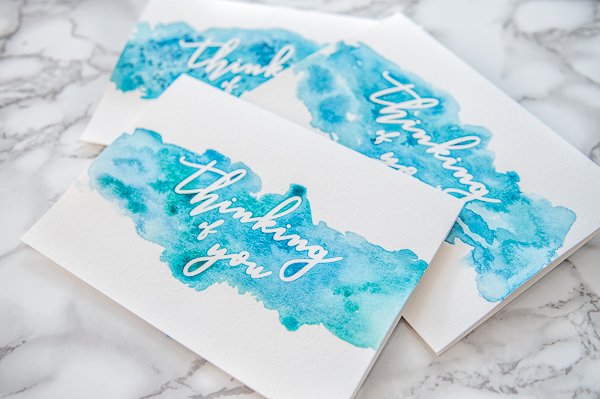
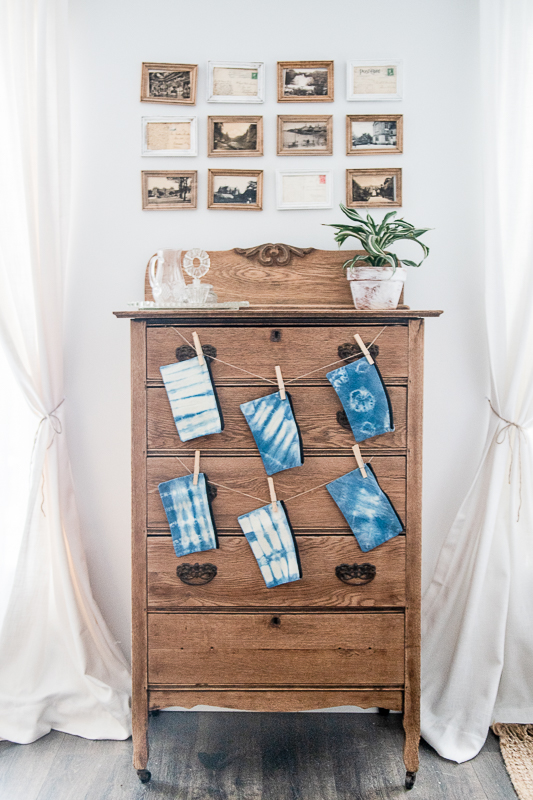



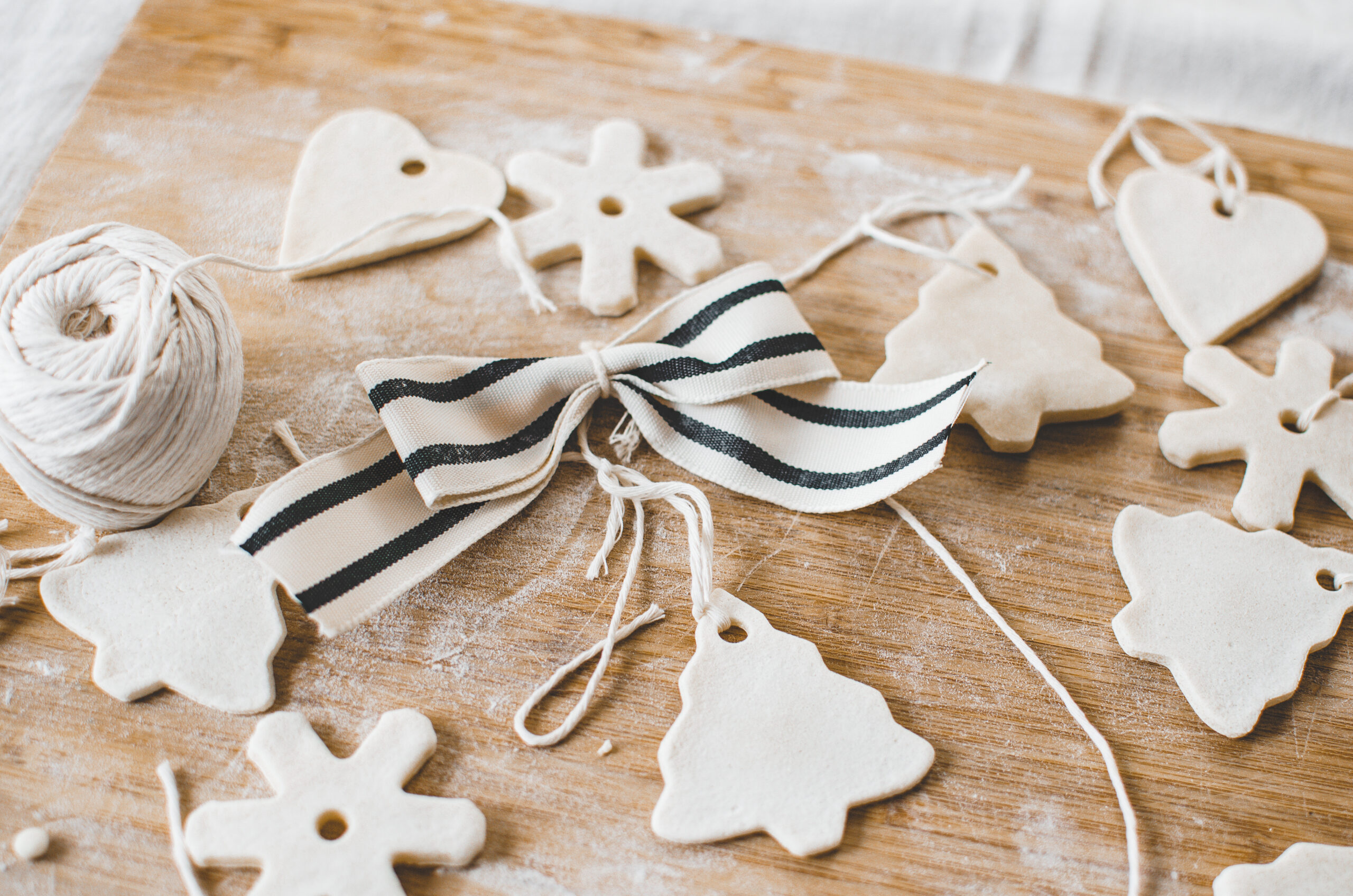
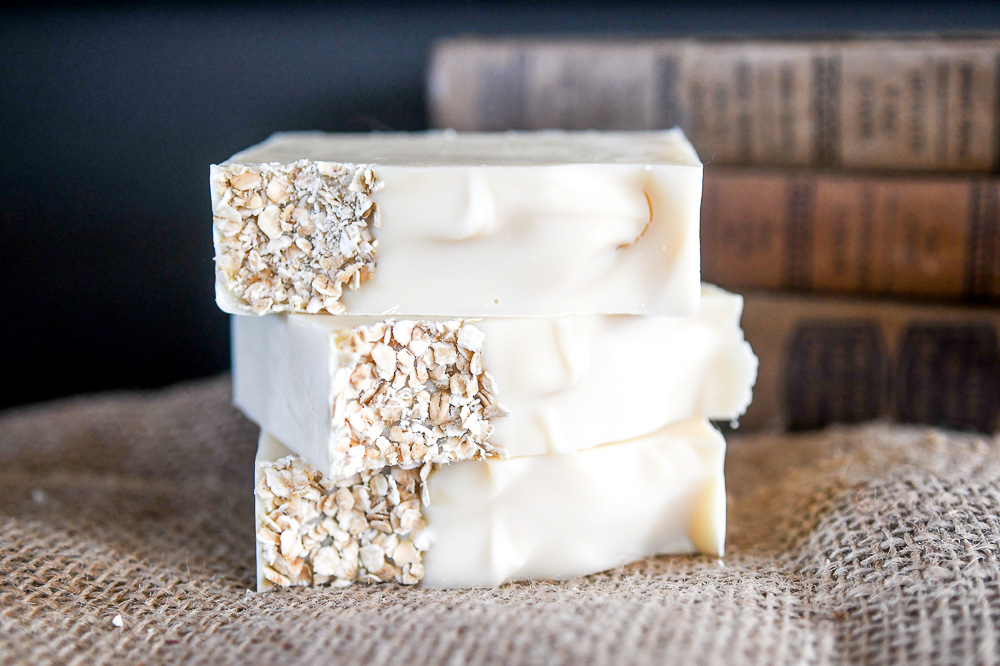
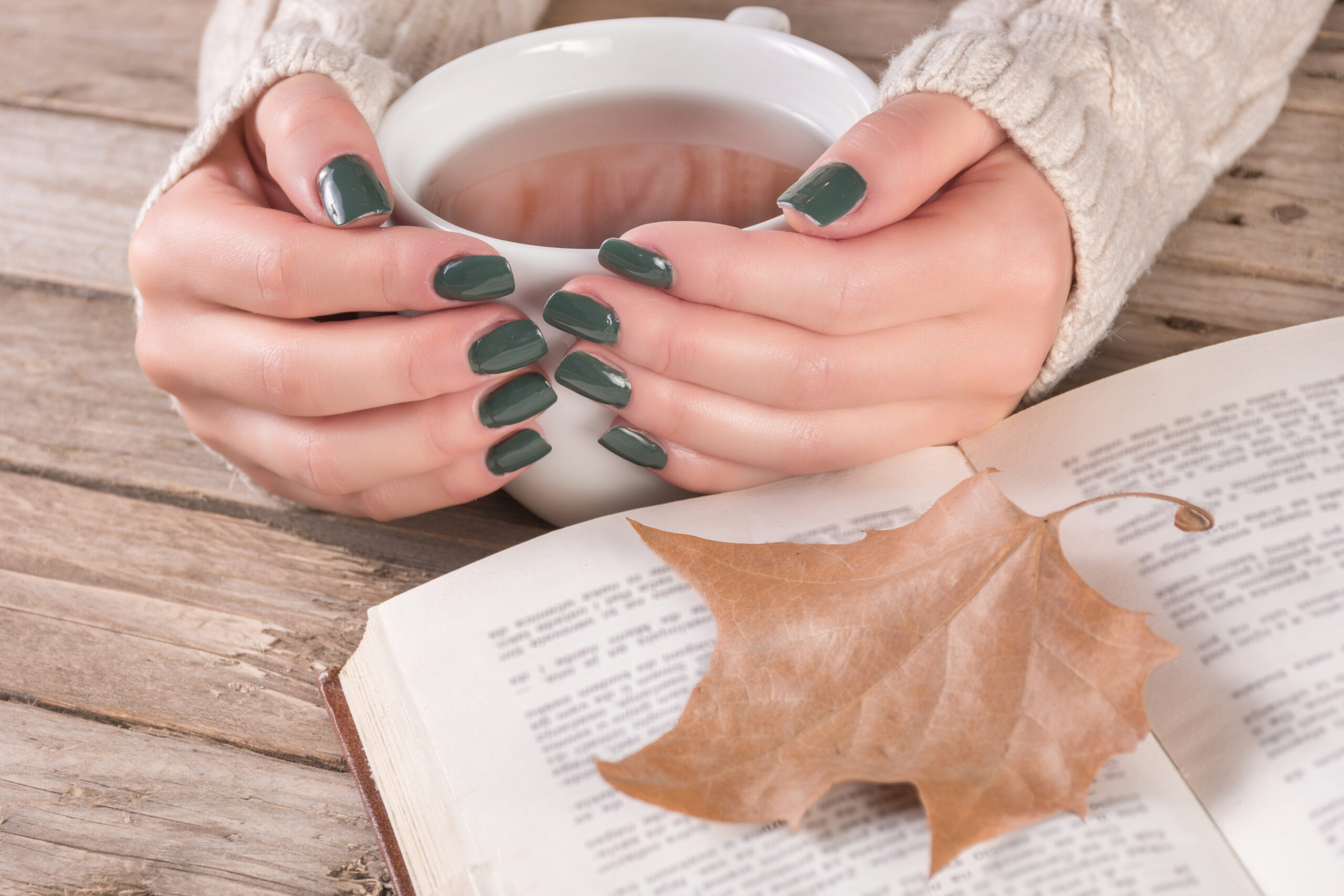
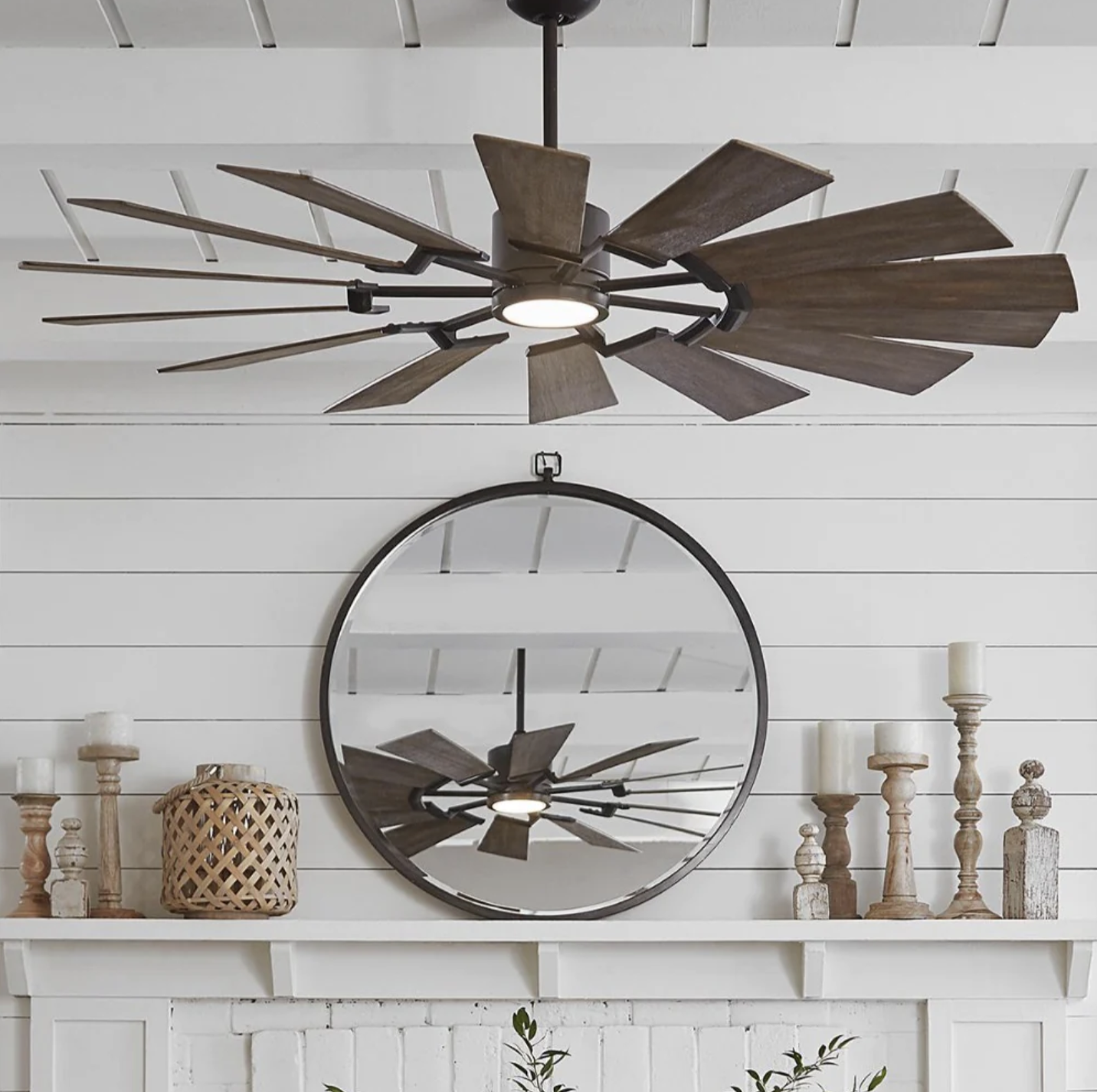


4 thoughts on “How to Make Polymer Clay Earrings”
Hi Maria, I make polymer clay earrings as a hobby. I’ve perfected most parts of the process however I cannot for the life of me work out how to do the white with black earrings you have in this post. The effect is beautiful. Could you help me out by telling me how to do the white with a black design on the top of the earring. I’ve tried a few things with no luck.
I’d be very grateful if you could tell me the secret.
Kind regards, julieann shaw, Australia.
Julieann,
I will gladly share my secret since I learned from another blogger!
The quick answer is, I cheat! I use these silicon fondant molds. I really work my clay so it’s nice and soft, then piece by piece I smush it into the mold. Once they’re full I take my polymer clay blade and cut off the excess till just the lace pattern is visible. I will be honest this is the hard part. You will cut the molds occasionally, it happens. Also, some might just not stick in the mold. My secrete to this is… before you cut the excess off… put it in the fridge for a few to let it harden some! It’s not always perfect, but it helps.
once the excess is removed and just the lace pattern is visible, I gently roll the lace onto the base and carefully press down. Most of the time it sticks, sometimes it needs some transfer liquid.
When you peel the mold back the lace pattern remains! Then I cut my earring shapes. Since the mold doesn’t always come out perfect, I wait to cut my shapes, picking the best parts of the pattern.
It takes a little practice and technique, but it’s one of my favorite techniques. I have a few different variations of this pair pictured.
I hope that helps you figure out the technique. Feel free to email me or message me again if you’re having any difficulties! Thanks for reading along. Happy creating!
XOXO,
Maria
Hey Maria,
How did you make this nice lace like texture on your clay?
Kate,
I love this question! It’s so easy! I use these silicon fondant molds and mush in some white clay. Once they’re full I take my polymer clay blade and cut off the excess till just the lace pattern is visible. Don’t worry, you will cut the molds occasionally! It happens.
Then I gentle roll the lace onto the base color gentle pressing down. When you peel the mold back the lace pattern remains! It takes a little practice and technique, but it’s one of my favorite techniques. They sell these molds in all sorts of patterns and can really add depth and texture to your earrings!
Happy creating! I hope that helped some.
XOXO,
Maria